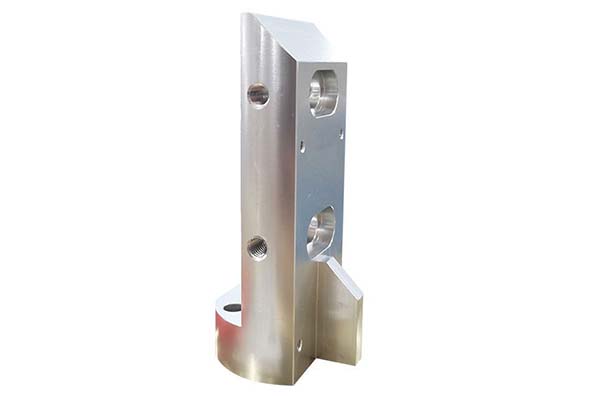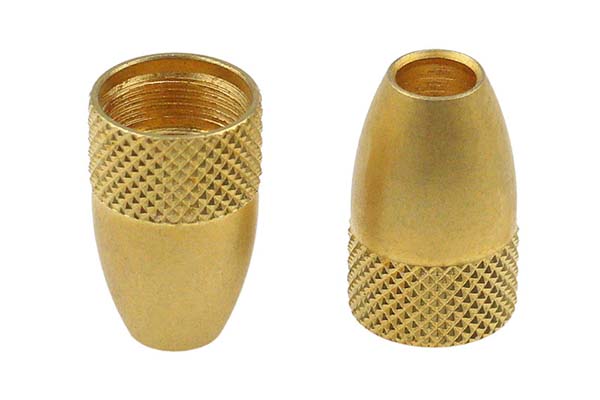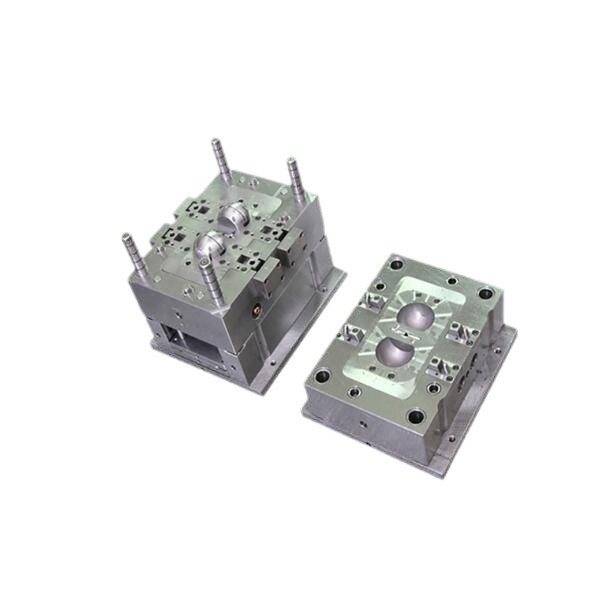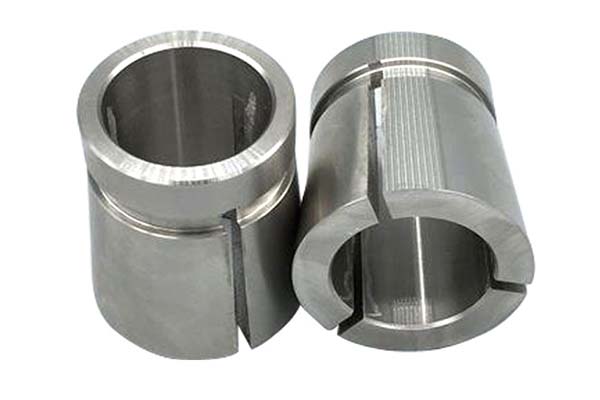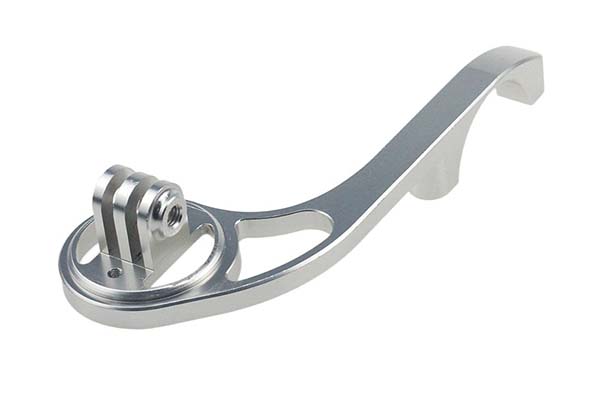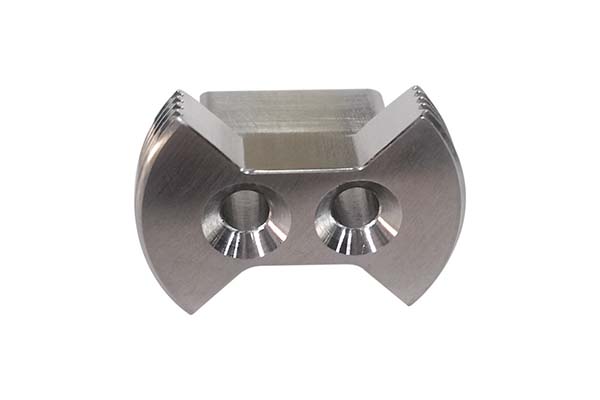Introduction: Why has abrasive waterjet machining become the "all-round cutting hand" of modern manufacturing?
In the fields of metal processing, stone carving, aerospace component manufacturing, etc., do you often encounter these problems: hard materials cannot be cut, thin materials are easy to deform, and precision parts are afraid of heat effects? Abrasive Water Jet Machining, as a cold working technology, perfectly solves these pain points with the core advantages of "no thermal deformation, high precision, and wide range of applicable materials". It can not only cut hard materials such as metals and ceramics with precision like "sharp scissors", but also handle soft materials such as foam and rubber, and even play a role in special scenarios such as underwater cutting and bomb disposal. This article will take you from principle to application, from equipment to selection, to fully grasp this "universal processing technology".
1. Basic principle: How does abrasive water jet processing achieve "indestructibility"?
At the heart of abrasive water jet machining is the synergy of "high-pressure water + abrasive particles", which essentially completes the cutting through jet flow dynamics and material removal mechanism. First, a high-pressure pump pressurizes the water to 3000-6000 bar (equivalent to 300-600 atmospheres), creating a high-speed water jet; Subsequently, abrasive particles, such as garnet, are mixed with a water jet that is focused by the cutting head structure and nozzle design to impact the surface of the workpiece at a speed of hundreds of meters per second.
The key here is the abrasive mixing mechanism: in the two mainstream methods, AWIJ (abrasive water jet stream) mixes air and abrasives after the nozzle to form a "water + abrasive + air" three-element jet; AWSJ (Abrasive Water Suspension Flow) first makes a suspension of abrasives and water and then pressurizes it, without air participation, so the jet does not expand and the cutting accuracy is higher. When high-velocity abrasive particles hit the material, it peels off the material through the "erosion + shear" action, coordinating with the water hammer effect and cavitation (the impact force caused by the instantaneous cavitation of the water flow) to achieve efficient and clean cutting.
Case: An aerospace company uses AWSJ technology to cut titanium alloy sheets (50mm thick), and due to the absence of heat-affected zones, the deformation of the parts after welding is controlled within 0.02mm, which is much better than the 0.1mm error of laser cutting.
2. Equipment and technical parameters: Choose the right "equipment" to play the best performance
The core of abrasive water jet processing equipment is composed of four parts: water jet machine tool, pressurization system, abrasive conveying system, and CNC system, and the key parameters directly affect the processing effect:
| Core parameters | Function description | Recommended range: |
| Cutting pressure control | Determines the impact force of the jet, and the higher the pressure, the stronger the cutting ability | 3000-6000bar |
| Nozzle diameter | It affects the concentration of the jet, and the smaller the diameter, the higher the accuracy | 0.1-0.3mm |
| Abrasive flow | The more abrasives, the faster the cutting speed, but the cost goes up | 200-500g/min |
| Cutting accuracy | Determined by the CNC system and jet stability | ±0.01-±0.05mm |
Mainstream equipment brands such as OMAX, Flow, KMT, their pressurization system uses ceramic plunger pump, the wear life can reach 8000 hours, and the CNC system supports CAD/CAM direct import to achieve special-shaped cutting automation.
Pro tip: When purchasing equipment, give priority to "pressure stability" and "abrasive conveying uniformity" - an auto parts factory once caused the roughness of the cutting surface of batch parts to increase from Ra1.6μm to Ra3.2μm due to fluctuations in abrasive flow, resulting in a rework loss of more than 100,000 yuan.
3. Abrasives and media: Choosing the right "ammunition" is the key to efficient cutting
Abrasives are the "teeth" of abrasive water jet processing, and garnet abrasives account for more than 80% of the market usage due to their high hardness (Mohs hardness 7.5), good toughness, and moderate price; followed by aluminum oxide (Mohs hardness 9), suitable for cutting superhard materials such as ceramics and diamond composite sheets; Peridot abrasives are used for stone processing that does not require a high cutting surface.
The particle size of the abrasive directly affects the processing effect: the coarse grit size (80-120 mesh) cuts quickly, but the surface roughness is high; Fine-grained (200-300 mesh) cutting accuracy is high, making it suitable for precision parts. In addition, the abrasive recycling system can reduce costs - a set of recycling equipment costs about 50,000 yuan, and the annual recycling abrasive utilization rate reaches 60%, and small and medium-sized manufacturers can recover their costs in 1 year.
In terms of water quality, it is necessary to meet the conductivity ≤ 10μS/cm, free of impurities, otherwise it will clog the nozzle and affect the stability of the jet, so the equipment needs to be equipped with a three-stage filtration system (accuracy 5μm).
4. Processing capacity: What materials can be cut? What are the limitations of thickness and form?
The "versatility" of abrasive waterjet machining is reflected in the material adaptability, which can cut almost all solid materials:
- Metal cutting: stainless steel, titanium alloy, copper, aluminum, etc., the maximum cutting thickness can reach 300mm (mild steel);
- Composite materials: carbon fiber, glass fiber, honeycomb panel, which solves the problem of easy layering by traditional cutting;
- Stone / Glass: Marble, granite, tempered glass, which can be curved cutting and relief processing;
- Heat-sensitive materials: plastics, rubber, paper, no thermal deformation due to cold processing, suitable for precision molding;
- Special scenarios: multi-layer material processing (such as metal + plastic composite panels), bevel cutting (0-45° adjustable), underwater cutting (offshore platform maintenance).
Data support: When cutting 10mm thick stainless steel, the abrasive water jet speed reaches 150mm/min, which is 1.2 times that of laser cutting; Cutting 200mm thick granite can be reduced to 20mm/min without the need for secondary grinding, compared to 3 steps for traditional diamond sawing.
5. Process advantages and limitations: You must know these advantages and disadvantages
Core Benefits:
- Cold processing characteristics: no heat-affected zone (HAZ) to avoid material deformation, quenching and performance changes, suitable for precision parts;
- Environmental protection processing: no dust, no exhaust gas, no waste residue, only a small amount of wastewater (recyclable), in line with environmental protection policies;
- High flexibility: no mold required, CNC programming can realize arbitrary shape cutting, small batch production cost is low;
- Cutting thickness ability: far exceeds laser and plasma cutting, and has obvious advantages in hard material thick plate processing.
Limitations:
- High equipment cost: entry-level equipment is about 500,000 yuan, high-end precision type is more than 2 million yuan;
- Abrasive consumption: The abrasive cost per hour is about 50-100 yuan, and the long-term operating cost is higher than that of laser cutting;
- Noise control: noise up to 100-110dB during cutting, soundproof cover (noise reduction 20-30dB);
- Cutting speed: The cutting speed of soft materials is lower than that of pure water jets, and the cutting speed of thick plates of hard materials is slower.
6. Application Areas: These industries are widely using abrasive water jet machining
Abrasive water jet processing has penetrated into many high-end industries, typical cases are as follows:
- Aerospace: Cutting titanium alloy engine blades and carbon fiber fuselage parts, an aircraft manufacturer used it to replace traditional milling, increasing processing efficiency by 40%;
- Automobile manufacturing: cutting stainless steel exhaust pipes and aluminum alloy chassis parts to achieve one-time forming of complex curved surfaces;
- Architectural decoration: marble special-shaped countertops, glass art carvings, a decoration company used it to process hotel lobby reliefs, and the construction period was shortened from 15 days to 3 days;
- Medical devices: cutting titanium alloy orthopedic implants and stainless steel surgical instruments with an accuracy of ±0.02mm to meet biocompatibility requirements;
- Artwork creation: Metal sculptures, wooden ornaments, artists use their non-deformation characteristics to achieve fine texture carving.
7. Process optimization and quality control: How to improve efficiency and reduce costs?
1. Optimization of cutting parameters (taking 10mm thick stainless steel as an example):
| target | Pressure (bar) | Abrasive particle size (mesh) | Feed Rate (mm/min) | Surface Roughness (Ra) |
| Efficient cutting | 5000 | 120 | 120 | 2.0μm |
| Precision cutting | 4000 | 200 | 80 | 1.2μm |
2. Key points of quality control:
- Surface Roughness Control: Ra can be controlled from 0.8-3.2μm by adjusting the abrasive particle size and feed rate;
- Taper angle compensation: thick plate cutting is prone to "narrow top and wide bottom" taper, through CNC system to adjust the nozzle angle (0.1-0.3°) compensation;
- Real-time monitoring: Install jet pressure sensors and visual inspection systems to detect nozzle wear and abrasive supply interruptions in time;
- Maintenance: Clean the filtration system daily, check the wear of the nozzle every week (wear exceeds 0.02mm needs to be replaced), calibrate the CNC accuracy every month.
Experience sharing: A precision machinery factory has reduced the scrap rate of carbon fiber parts cutting from 5% to 1% by optimizing parameters, saving 300,000 yuan per year.
8. Comparison with other processing technologies: should abrasive water jet or laser/plasma?
| Processing technology | advantage | inferior position | Applicable scenarios |
| Abrasive water jet | No thermal deformation, wide material adaptation, strong thick plate cutting | High cost of equipment and medium speed | Precision parts, thick plates, composites |
| Laser cutting | Fast speed, high accuracy, and low operating costs | Heat-affected zones and thin materials are limited | Thin metal sheets, mass production |
| Plasma cutting | Low cost, fast cutting of thick plates | Low accuracy and large thermal deformation | Ordinary steel structure, extensive processing |
| Wire EDM | Extremely high precision for complex molds | Slow speed and can only cut conductive materials | Mold processing, precision parts |
Technical and economic analysis: small batch (< 1000 pieces), multi-material, thick plate processing, abrasive water jet; For large quantities and thin metal plates, laser cutting is selected; low-cost, extensive processing, plasma cutting.
九、Yigu Technology view
As the core technology in the field of cold processing, abrasive water jet processing is irreplaceable in high-end manufacturing with its characteristics of "no thermal deformation and all-round adaptation". Future trends will focus on "high efficiency" (high pressure to 8000 bar), "intelligence" (AI parameter optimization, remote monitoring) and "green" (90% abrasive recycling rate). For enterprises, the selection needs to combine their own processing needs - small and medium-batch and multi-material processing give priority to cost-effective equipment, and large-volume precision production needs to invest in high-end models, and at the same time establish a complete parameter database and maintenance system to maximize its technical advantages.
FAQ: Frequently Asked Questions
- What is the maximum cutting thickness for abrasive waterjet machining?
A: Mild steel up to 300mm, stainless steel 150mm, stone 200mm, depending on equipment pressure and abrasive selection.
- What is the proportion of abrasive costs to the total cost of machining?
A: About 30-40%, it can be reduced to 15-20% through the recycling system.
- What are the advantages of abrasive water jets over laser cutting?
Answer: No thermal deformation, can cut non-conductive materials (such as glass, ceramics), and has stronger processing ability of thick plates.
- What should I pay attention to in the daily maintenance of the equipment?
A: The core is to keep the water quality clean, replace the wear nozzle in time, and calibrate the CNC accuracy regularly.
- What are the advantages of abrasive water jets in underwater cutting scenarios?
A: No spark, no risk of explosion, suitable for offshore platform maintenance, bomb disposal and other dangerous scenarios, AWSJ technology is the first choice for underwater cutting.

